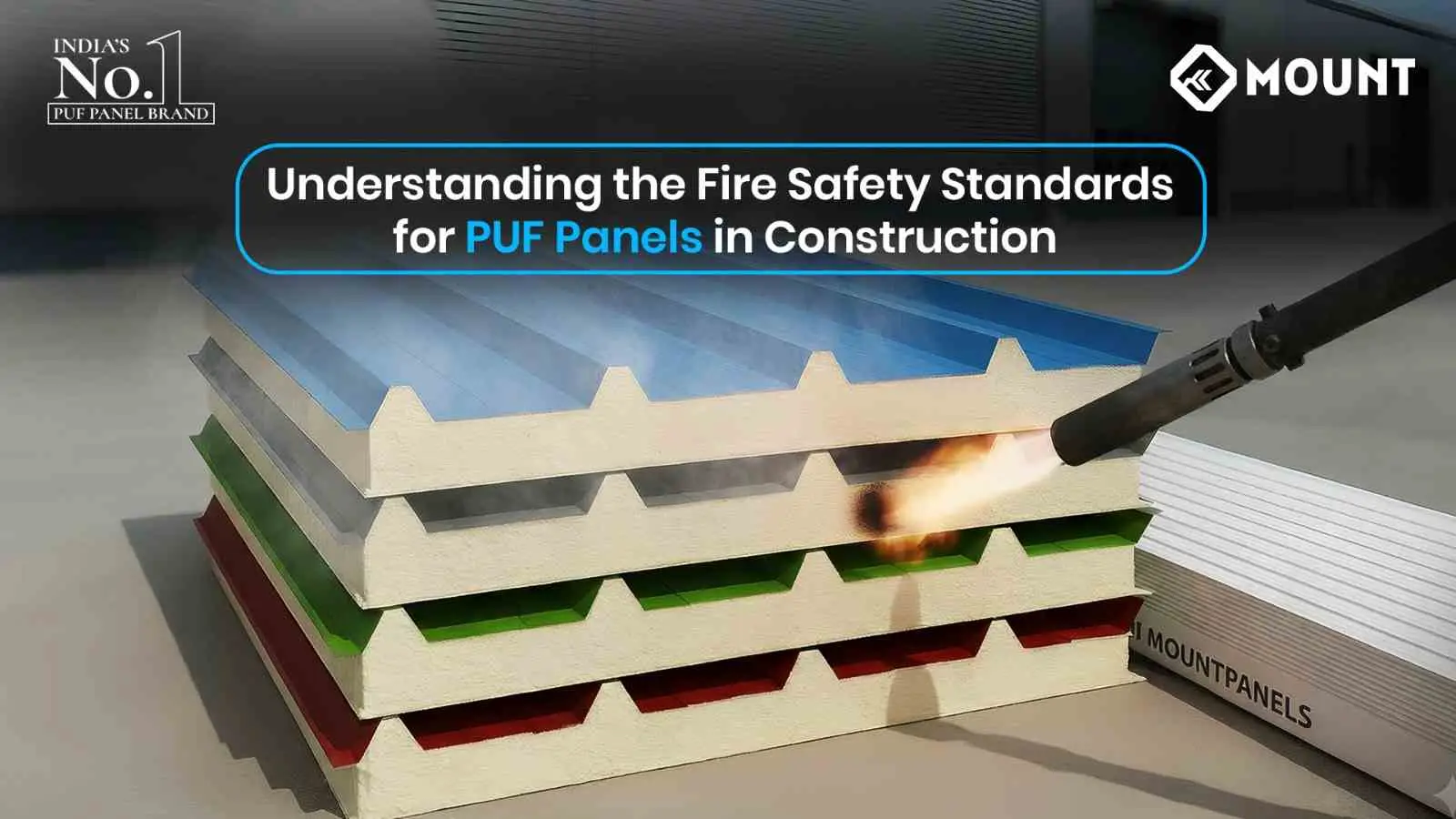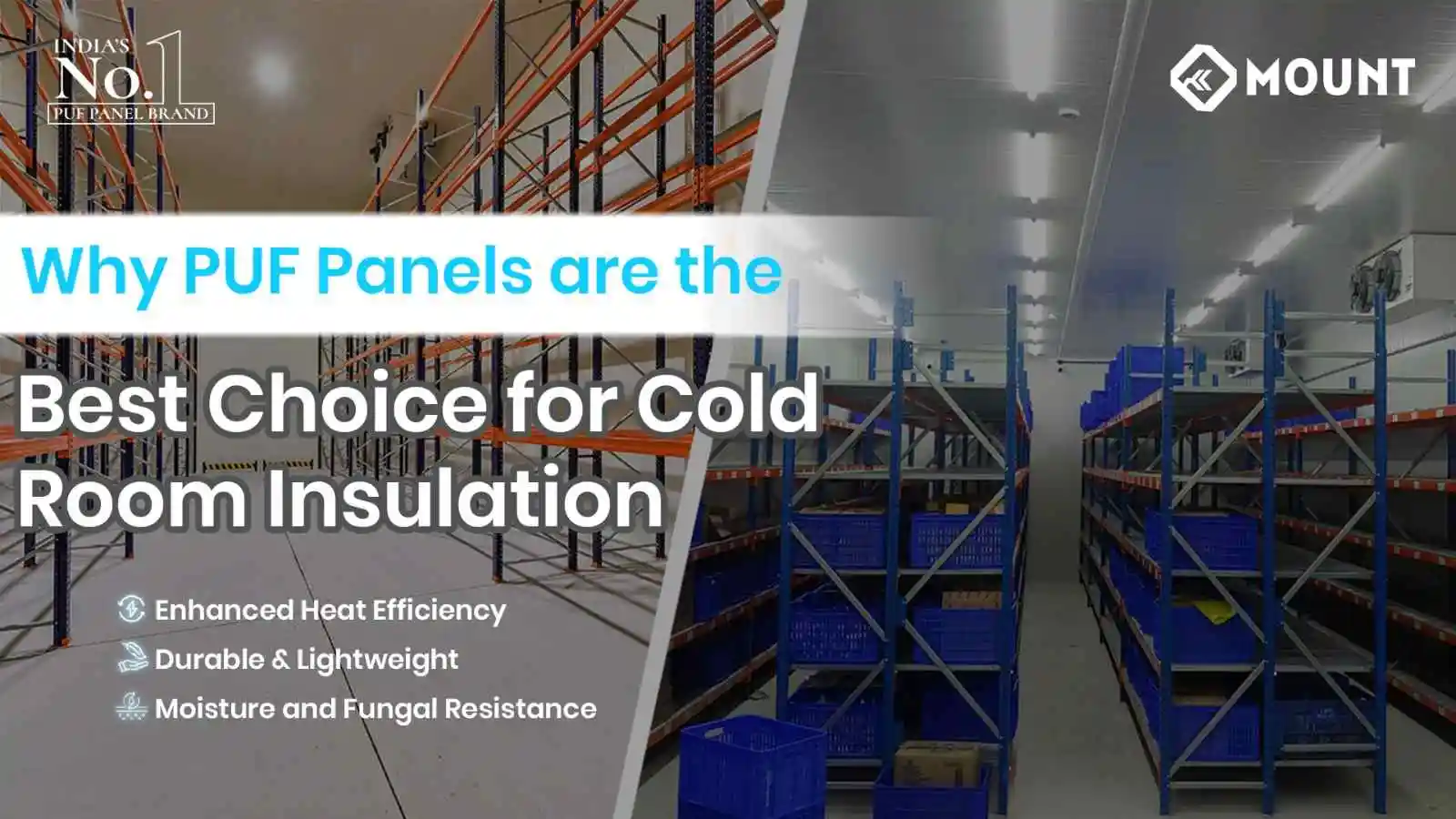
Understanding the Fire Safety Standards for PUF Panels in Construction
When it comes to modern construction, fire safety remains one of the most critical concerns for architects, builders, and property developers. The choice of materials can significantly impact a building’s ability to withstand fire and protect occupants. This is where PUF panels come into play. These innovative building solutions have revolutionised construction practices by combining exceptional thermal insulation with robust fire resistance capabilities. Mount understands the importance of selecting materials that meet stringent safety standards while delivering superior performance and durability. In this comprehensive guide, we explore how PUF panels are engineered to resist fire, comply with international regulations, and provide reliable protection for residential, commercial, and industrial applications.
The Importance of Fire Safety in Modern Construction
Fire safety is not merely a regulatory requirement, it’s a fundamental responsibility toward occupant protection and property preservation. Building materials play a crucial role in determining how quickly fire spreads and the level of smoke and toxic fumes released during a fire event. Traditional construction materials often fail to meet modern safety standards, putting buildings and their inhabitants at risk. Sandwich PUF panels have emerged as a game-changing solution, engineered specifically to resist ignition and limit fire propagation. These panels undergo rigorous testing protocols to ensure they meet or exceed international fire safety standards. Mount’s commitment to fire-safe construction means selecting materials that provide peace of mind alongside structural integrity.
Fire Safety Ratings and Compliance Standards
PUF panel manufacturer organisations worldwide adhere to strict testing and certification requirements. Fire-rated PUF panels are evaluated using standardised methods such as the ASTM E84 Tunnel Test, ISO 1182, and EN 13823, which assess flame spread, smoke development, and heat release characteristics. These panels typically achieve Class A or Class B fire ratings, depending on their specific composition and core material specifications. Wall sandwich panels must demonstrate their ability to withstand direct flame exposure without contributing to rapid fire spread. European standards, particularly Euroclasses, categorise materials from A1 (non-combustible) to F (highly flammable). Most quality PUF panel price comparisons reveal that fire-rated variants cost slightly more than standard options, but the enhanced safety benefits justify the investment. Mount ensures that all recommended materials meet or exceed regional fire safety codes, providing clients with compliant, dependable solutions.
Technical Features That Enhance Fire Resistance
The fire-resistant properties of wall PUF panels stem from their unique polyurethane foam core combined with protective facings. The foam composition can be modified with flame-retardant additives that suppress combustion reactions. When exposed to high temperatures, these additives create a protective char layer that prevents further penetration of heat and flames into the panel’s interior. PUF panel thickness significantly influences fire performance thicker panels generally provide superior resistance and thermal protection. The protective facings, typically composed of aluminium, steel, or specialised coatings, act as barriers that delay flame propagation and reduce smoke emissions. This multi-layered approach ensures that even in worst-case scenarios, these panels maintain structural integrity longer than conventional materials, providing critical time for occupant evacuation and emergency response.
Compliance with International Building Codes
Construction standards vary across regions, but reputable PUF panel thickness specifications comply with major international codes including the International Building Code (IBC), National Fire Protection Association (NFPA) standards, and local building regulations. These compliance certifications ensure that projects meet legal requirements and insurance standards. Builders and architects who specify fire-rated materials reduce liability concerns and demonstrate commitment to safety excellence. Mount works with manufacturers who maintain up-to-date certifications and regularly participate in third-party testing to validate fire performance claims. This dedication to compliance protects developers, contractors, and end-users from regulatory penalties and safety failures.
Beyond Fire Safety: Additional Benefits
While fire resistance is paramount, these panels deliver exceptional thermal insulation, reducing energy consumption and lowering operational costs. Their lightweight nature simplifies installation and reduces structural loading requirements. Superior acoustic properties make them ideal for applications requiring sound dampening. Low maintenance requirements and extended service life provide long-term value that extends far beyond the initial construction phase.
FAQs
Q: How are fire-rated PUF panels tested for safety?
A: Fire-rated panels undergo standardized testing using methods like ASTM E84 and ISO 1182, which measure flame spread, smoke development, and heat release rates to ensure compliance with safety classifications.
Q: What fire rating should I specify for commercial buildings?
A: Most commercial applications require Class A or B ratings. Consult local building codes and work with Mount representatives to determine specific requirements for your project type.
Q: Do fire-resistant panels affect insulation performance?
A: No. Fire-resistant treatments maintain the exceptional thermal properties that make these panels energy-efficient solutions for modern construction projects.
Q: Are fire-rated panels more expensive than standard options?
A: Yes, fire-rated variants typically cost more due to enhanced materials and testing, but the investment in safety and compliance provides substantial long-term value and risk mitigation.


